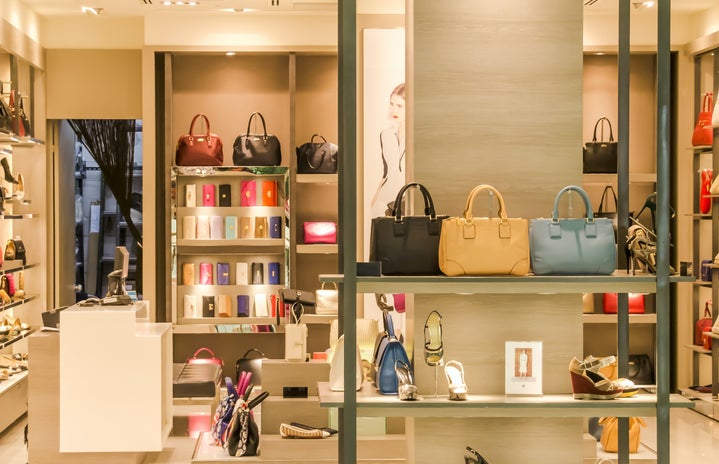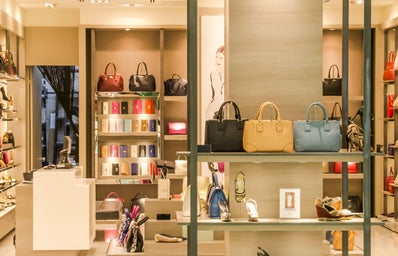Edited by: Mohan Rajagopal
Would it be too far-fetched to claim 2020-21 as the year of nostalgia, comebacks, and throwbacks, when the fashion industry witnessed the revival of the iconic aesthetics of the late 90s and 2000s? The controversial fashion trend that includes skin tans, mesh, satin, phone charms, denim on denim, stringy and barely-there tops hit the streets, houses, malls, and luxury ateliers. Runway models and the street style of celebrity influencers, all became part of the archival wave of the Y2K fashion. However, some questions still linger: who are the people behind the revival of the trend, and who are the faces that have become the ambassadors of the same?
Y2K or “Year of the 2000s” fashion became popular when a bunch of teenage and young adult women started upcycling their mothers’ clothing during the lockdown of 2020. The trend soon became so viral that almost every other VSCO girl now wanted to be the 90s “it” girl. These styles have become so strong today that they have begun to influence luxury ateliers and big fashion conglomerates into either bringing back old collections of the 90s or producing new collections catering to this very specific style, respectively. Some high fashion pieces that rose to attention were the Dior Saddle Bag, Bottega Veneta Cassette, and Pouch bags (a company that was as good as obsolete before the pandemic) and the highly sought after Juicy Couture Velvet tracksuits.
Though these vintage pieces are highly coveted, they cater to a very niche audience and consumer base. Most of the girls on TikTok who can be credited for the revival and expansion of the Y2K trend cannot afford the luxury these brands provide in the name of being vintage. Moreover, they are small and local business owners selling one-of-a-kind handmade pieces. What is more concerning is how quickly fast fashion industries are monopolizing this market by dumping more and more clothing catering to the trend in the market at affordable and cheap prices. The situation is highly ironic, since those who helped bring back the trend, aiding in the huge profits that companies and fashion houses are making, are themselves being pushed to the margins of it.
The marginalization is not only happening in terms of the business of the fashion industry, but also in terms of who is getting the opportunity to rise to fame. Celebrities with substantial standing are feeding on the trend and creating a multimillion-dollar legacy for themselves, while small business owners and creators struggle to secure orders and views. The presence of celebrities on a democratic platform like TikTok is aiding the monopolization of viewer attention. Personalities like Addison Rae, Charlie D’Amelio, and Bella Poarch, who come from privileged backgrounds, built their empires using TikTok by producing high-quality content due to access to resources unavailable to other creators, thereby taking up space that was meant for smaller creators to showcase their talents.
By building their following, celebrity influencers have also become the face and ambassadors of the Y2K fashion, the very trend they copied after it was created and produced by a group of smaller creators living in less-privileged parts of the world. The monopolization of a single trend opens a Pandora’s box of questions about influencer culture dominating the whole industry itself. That is to say, while TikTok celebrities get to be at the MET Gala and global fashion weeks celebrating the euphoria of fashion, actual creators become mere spectators. The influencer culture in the fashion industry undermines the work put in by artisans and craftsmen who materialize and give form to the whimsical and fantastical ideas of the designers. Thus, when influencers with no social, cultural, and technological understanding of producing fashion get a front seat at the show, not only is it disrespectful to the art of making clothing but also to every craftsman and creator who puts in hours of work into a single piece of clothing. As exclusive as the fashion industry is, acknowledging the army of workers involved in its production might be a step to open the space for more democratic conversations and engagements. Wouldn’t it be wonderful to see an Amy, a Joe, a Carl, a Susan, or others who worked on that Giambattista Valli, Chanel, or YSL dress, also walk the runway in them? If it’s the designs and the products that make or break a collection, why are we still so obsessed with celebrity and influencer culture?


